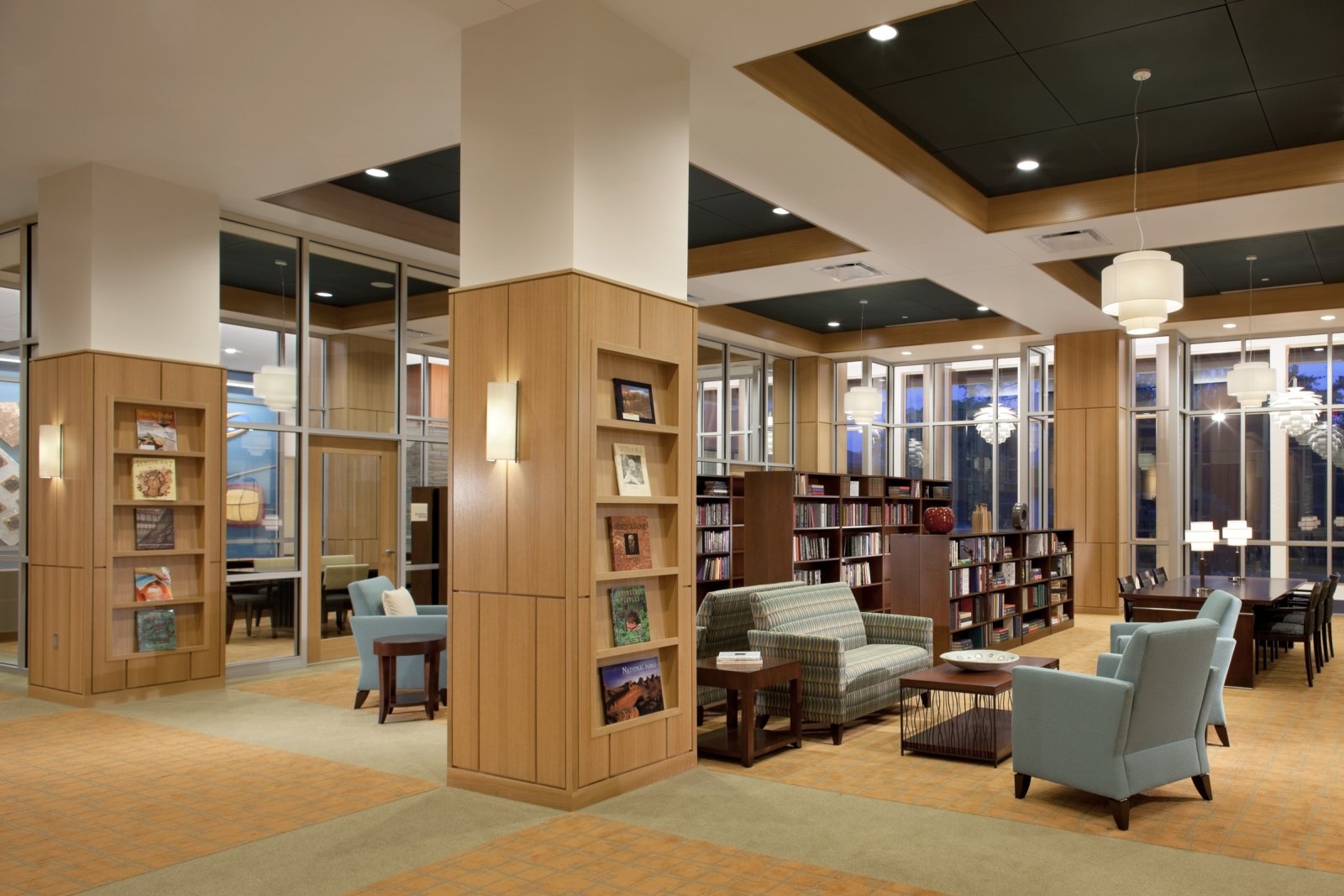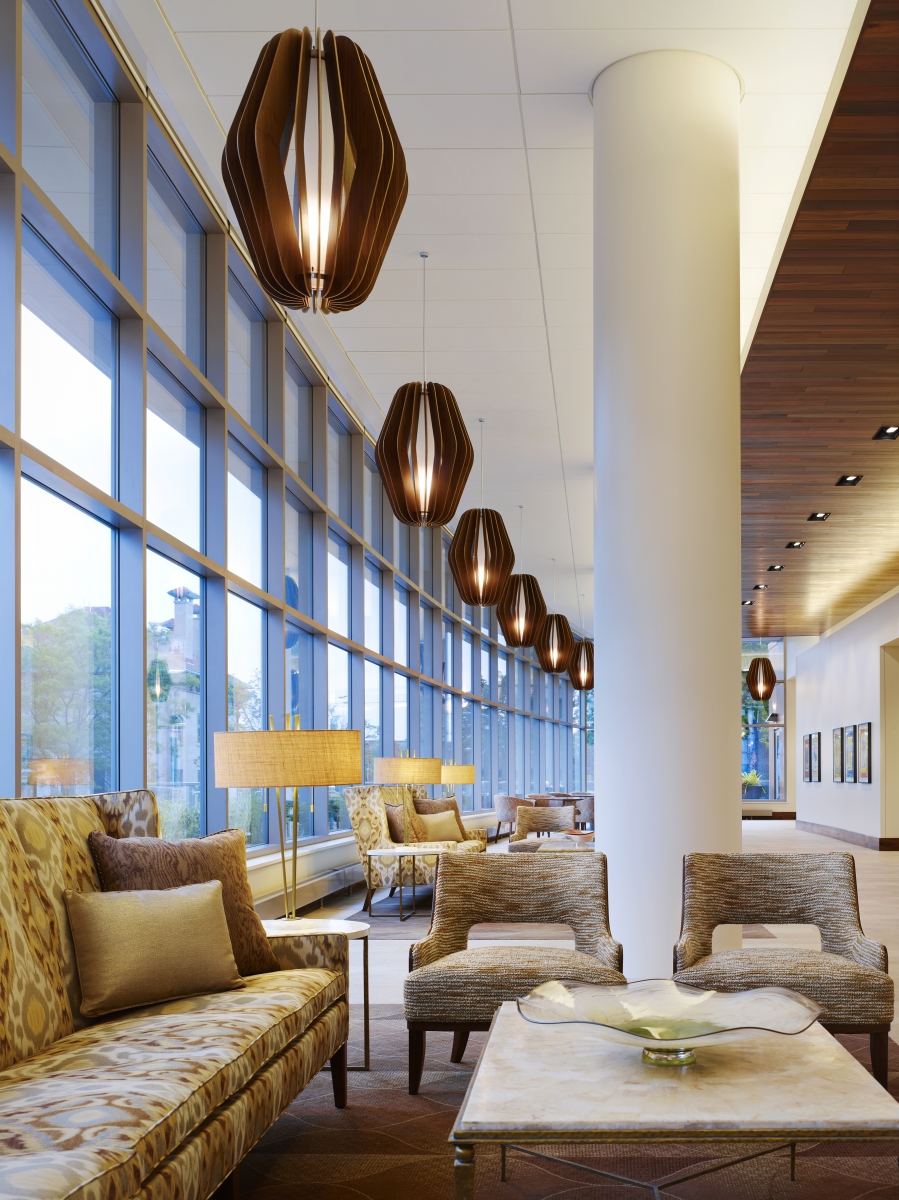
November 28, 2016
Center for Healthy Living: A New Typology for Senior Facilities
Senior facilities are transforming into open centers that expand the concept of personal well-being
Spring Lake Village, California
Courtesy Sarah Mechling
International architecture firm Perkins Eastman has released a white paper that assesses how a new typology of building is both driving change in retirement homes and positively impacting seniors’ wellness.
Until a few years ago, seniors in need of medical assistance and looking for a place to retire would apply to Continuing Care Retirement Communities, today known as Life Plan Communities. More recently, a new typology of building has widened the available options—they’re called Centers for Healthy Living (CHL).
CHLs are designed using an holistic approach to wellness, one which integrates traditional healthcare practices with provisions that maintain people’s overall quality of life.
The research analyzed 15 different CHLs across the country; all reported positive impact on their users. Their success represents a step forward in senior living facilities.
In terms of design, however, the researchers were surprised to find that there is no formula for building a successful CHL. “We were hoping to generate a list of elements to define the typology, but it was not so clear,” explained Emily Chmielewski, design researcher at Perkins Eastman and coauthor of the research, “CHL is not a cookie cutter typology.”

NewBridge on the Charles, Massachusetts
Courtesy Chris Cooper
Success depends not on any specific architectural element, but rather on how well the eight dimensions of wellness—emotional, environmental, financial, intellectual, occupational, physical, social and spiritual—are integrated into the design.
According to Chmielewski, design can enhance and support all eight dimensions. For example, many CHLs are built to accommodate programing by clustering different activity spaces around a central area. This facilitates social interaction among people that meet at the same spot between one program and another. “It’s like the water cooler principle at the office,” said Chmielewski.

St. Johns on the Lake, Wisconsin
Courtesy Chris Barrett
Location is another key factor. The research finds that a CHL close to or in proximity of urban centers fosters more intergenerational exchanges with people that visit the center for specific programing. Furthermore, seniors tend to prefer smaller spaces, which are easier to navigate and become familiarized with.
Integrated senior facilities are going to become increasingly important in the future; by the year 2050, a record 27 million people will be over 85. More than 80 million will be over 65.
Chmielewski also envisions the centers of the future as increasingly connected to the cloud. She also foresees that different typologies will merge, according to what kind of experience the provider wishes to offer. Some will get design elements from the hospitality or housing industry, others will look to hospitals, and some will blend all of the above.
No matter what the shape, however, Chmielewski is certain that wellbeing will be considered in all its complexity. “It’s all about living long and living well.”
Recent Viewpoints
Viewpoints
Google’s Ivy Ross Makes Sense of Color





